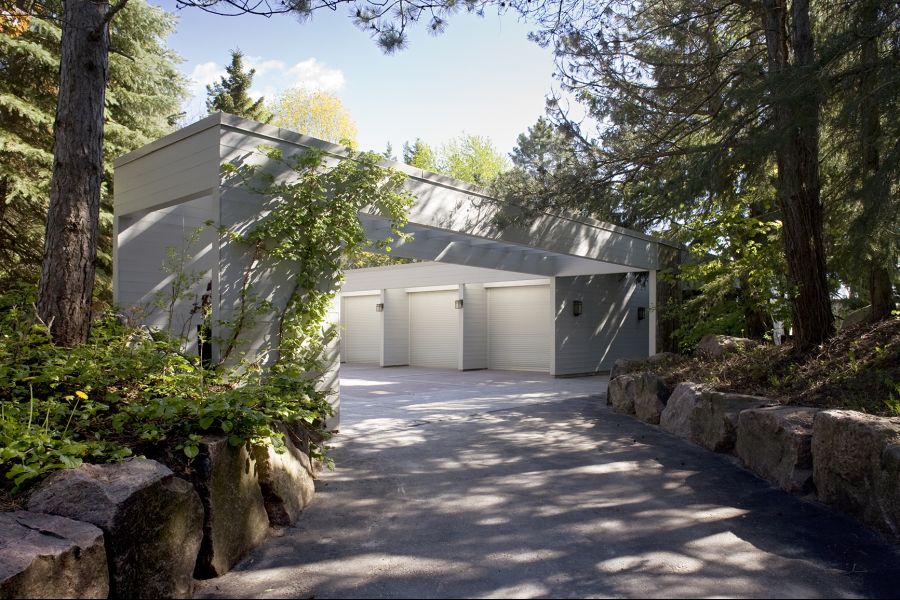Sometimes the undertakings of government leave me confused. Take, for example, the recent draft bylaw addressing garage setbacks introduced by town council on Feb. 3.
In what I am sure was a well-intentioned attempt to “encourage design that does not result in a garage-dominated streetscape”, the sponsor(s) of the draft apparently feel that this can be accomplished by pushing attached garages back five feet behind the main facade and limiting its size (width) at 50 per cent of that facade to a maximum of 24.6 feet.
Did anyone consult an expert in architectural design?
I suggest had this been done, the response would indicate that the bylaw would have negligible results relative to its stated purpose. Further, it would have multiple downside consequences to builders, home buyers and architects.
Fact is, even a single-car garage opening is big and most doors utilitarian. Size alone will have a tendency to establish the opening as a dominant feature; whether it is set proud of, even with, or five feet back from the main facade. To make matters worse, there is a driveway from the street leading directly to the opening. In most cases, it is not the garage itself which dominates the streetscape but rather the repetitious parade of driveways and garage doors.
So, what is the most successful legislative strategy to address this unfortunate design legacy leftover from the days when car ownership was a status symbol?
One answer, which requires a long overdue paradigm shift, is to eliminate all front-facing garage doors. In new developments, this would mean garages built behind the house (whether attached or detached) with driveways serviced by rear laneways. On in-fill builds and retrofits in established neighbourhoods, several options might be contemplated, including courtyard designs. Still, while this solution would be more successful than the proposed bylaw, it is not possible to legislate good taste and skilled design, which is really the root of this issue.
The best (not perfect) answer is instituting architectural design review guidelines for the town, provided we understand this runs the risk of taking the art out of architecture. However, given the conditions of the proposed bylaw, more than 30 per cent of Ron Thom’s brilliant designs (including heritage-designated 4 Old George Place in Toronto) could not be built in Niagara-on-the-Lake.
Perhaps council may wish to contemplate expert input prior to revisiting this draft on March 9.










